For a long time, Android lovers have yearned for a platform that offers the same abilities as that of iMessage on iPhone, iPad, and Mac. After several failed attempts, Google recently started rolling out RCS (Rich Communication Services) as an alternative to iMessage on Android but only to users in the US.
Related → How to get RCS in the US without any hack
Besides iMessage, it is Apple’s FaceTime that is widely used on iPhones, iPads, and Macs. The app is designed to make video calling easy between Apple’s devices.
What is Facetime
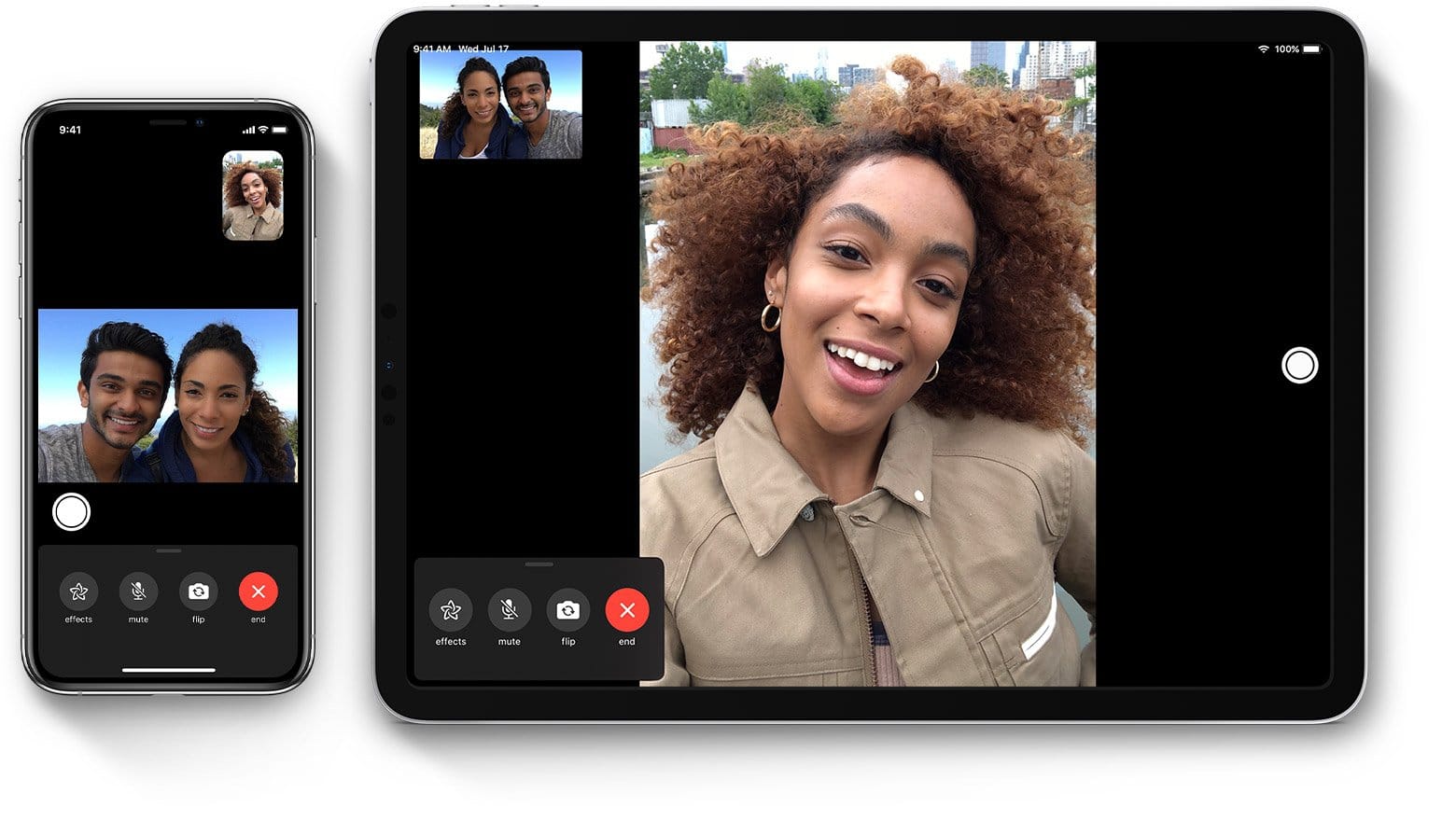
FaceTime is a video-calling application designed for use on the iPhone, iPad, and Mac. The service works on mobile data and WiFi, thus letting you make free internet-based calls to anywhere right from the phone app on an iPhone.
Can You Use FaceTime on Android?
To keep things simple, the answer is NO. FaceTime is a closed software, meaning until Apple chooses to, the app won’t be available outside the Apple ecosystem and that’s not likely to change anytime soon. So, if you’re hoping to FaceTime a friend from your Android phone, you’re out of luck. If anyone says otherwise, they are making a fool out of you.
Are there any first-party alternatives to FaceTime?
As we’ve already discussed, there’s no way for Android users to use Apple’s FaceTime. However, depending on your manufacturer, you might still be able to video chat with your loved ones, straight from the dialer app.
The leading smartphone manufacturer in the world, Samsung, offers its users the option to video call straight from the dialer app. Simply tap on the camcorder icon to start the video call.

You could also switch to video calling in the middle of a voice. Bring your phone to the front and tap on ‘Video call’ to switch to video calling.
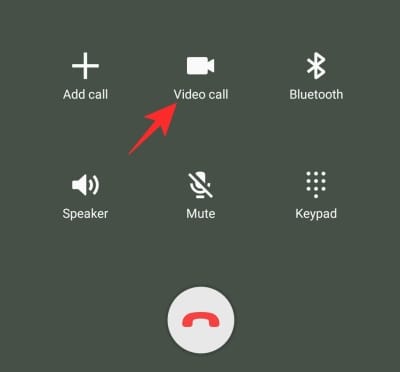
It works flawlessly both on mobile data and Wi-Fi.
Samsung’s video calling isn’t End-to-End Encrypted like Apple’s. So, it’s better to steer clear of the app if you’re looking for maximum privacy.
Other OEMs, such as Xiaomi and OnePlus, also support intra-OEM video calling. Look for the camcorder icon to start a video call. Just make sure the person you’re calling is using a device from the same manufacturer.
Best Alternatives to FaceTime on Android
Luckily for you, Android is loaded with a sea of FaceTime alternatives. Even if you can’t take Apple’s video calling app for a ride, there are some solid video calling apps available for Android smartphones. What’s more? You can even use most of these apps to make video calls to iPhones or MacBooks.
Here are a few apps that offer video calling on Android phones with the same level of quality as on FaceTime. All of the apps below should work for you no matter which Android device (Google, Samsung, Huawei, Xiaomi, LG, Motorola, etc.) you own, meaning this support cross-OEM calling.
Google Duo
What we like: Works on iOS and Android, Simple, Knock Knock functionality, End-to-End Encrypted
What we don’t like: Nothing besides video calling.
Most recent Android phones ship with the Google Duo app pre-installed. The app is available on both Android and iOS devices, meaning you would be able to make video calls to iPhone, iPad, and Mac users as well. Calls can be made over mobile data or WiFi just like on FaceTime and you can leave a video message (much like a voicemail) when the person on the receiving end doesn’t answer your call.
Related: Best Google Duo tips
Additionally, there’s a Knock Knock feature that allows users to see who is calling, giving a live video preview. All calls are protected with end-to-end encryption, just like that on FaceTime to ensure privacy. Duo also supports group video calling to up to 8 people.
Facebook Messenger Rooms
What we like: Supports up to 50 participants, screen-sharing, joining link, meeting lock, non-Facebook users can join, ends meeting for all
What we don’t like: Only Facebook users can create a meeting room
Messenger Rooms is available inside Facebook Messenger as a tool to host up to 50 other people in an audio/video call. Users can join meetings using a joining link, use it for an unlimited amount of time, lock a session, get notified when someone leaves or joins, mute others, and share screens.
Additionally, the Facebook service offers the ability to change the video layout during a video call, allowing you to choose from two layout options – Primary speaker view and grid view. You can also decide who can join your meeting – it could be anyone with the joining link or someone who actually has an account on Facebook. The service can be used inside the Facebook Messenger app on iOS, Android, Windows, Mac, and on the web.
Download Facebook Messenger
Meet now on Skype
What we like: Simple UI, Cross-platform support, group video calling to up to 50 people
What we don’t like: Meeting links have no expiration date
In case you don’t know, Skype was the first video calling service that went mainstream. Even after a decade of its existence, it has managed to stay relevant and is yet another widely used app across several platforms. The service recently started offering a new ‘Meet Now in Skype’ feature that allows users to easily set up a collaboration space and invite both Skype and non-Skype contacts.
Using Meet now, you can send and receive text messages, video-call to individuals and groups, and invite new members to your group by sharing a call link. Skype also offers a live transcription of the video if the language is supported and is compatible with Android, iOS, Linux, Mac, Windows and can even be used on some smart TVs and gaming consoles. The service comes close to replicating FaceTime on Android and also offers the ability to grab a screenshot during a video call, just like on Apple’s video calling service.
Download Skype
Google Hangouts
What we like: Runs on Android, iOS, and Web, video calling with screen sharing
What we don’t like: Could be a little complicated for many
Google offers a secondary video calling option in Hangouts which also works on Android and iOS in addition to the web. While Duo only supports video calls, Hangouts comes with full message-sharing functionalities including text messages, and voice calling.
Hangouts additionally offers a built-in screen sharing option, conversation history, and location sharing. Users can make audio-only calls to other Google Hangouts users and can also disable their microphone from within a video call without ending the session.
Download: Hangouts
What we like: Supports iOS, Android and Web, Share anything for free, End-to-End Encrypted
What we don’t like: Nothing exactly!
While FaceTime is used by all iPhone and Mac users, WhatsApp is used by almost any smartphone user, be it on Android or iOS. The app has been a go-to chat service across several regions and its video calling functionality is quite popular as well.
Related: Best WhatsApp tips
Calls and chats are encrypted like on FaceTime. Besides video calls, you can send and receive audio or video messages within the app. The app sorts out the people you should call through the contacts saved on your phone and you can start communicating with them once you’ve set up the app with your phone number. The service also comes with desktop and web clients for replying to messages on a PC.
Download: WhatsApp
ZOOM Cloud Meetings
What we like: Support for up to 1000 participants, Integration with third-party collaboration services, recording a meeting, Chat privately during a meeting, Mute all participants, Save group chats
What we don’t like: Security concerns, requires an app on desktops
Zoom has recently seen a meteoric rise in its userbase on both PCs and smartphones with the impact of COVID-19. The service offers free and paid plans depending upon your requirements and offers support for large group meetings with up to 100 participants on the free plan and up to 1000 users on the Enterprise plus plan. Besides that, Zoom provides users with audio and video messaging, file sharing, screen sharing, sharing files through cloud services, and cross-platform transition.
Organizers on Zoom can change permissions of members depending upon whether they’d be interactive participants or view-only webinar attendees. The service is available for use on Android, iOS, Windows, Mac, ZoomPresence, H.323/SIP room systems, and telephones.
Download: ZOOM Cloud Meetings
Cisco Webex Meetings
What we like: Schedule meetings, change hosts, Get a call from Webex when it’s time to meet, Call into a meeting
What we don’t like: UI could be more intuitive
Cisco recently expanded its free plan for Webex offering support for up to 100 meeting attendees, no time limit on the duration of a meeting, and an option to call-in for audio. The service also has paid plans starting from $14.95 per month which offers the ability to share applications or files, transcribe recordings, and assign alternate hosts.
People you invite to Webex Meetings don’t need to download anything or even have a Webex account and as an organizer, you can schedule meetings or start an instant meeting in a personal room. Cisco allows you to join meetings right from your web browser, or through its apps on Windows, Mac, Android, and iOS.
Download: Cisco Webex Meetings
Marco Polo – Stay In Touch
What we like: Sends and stores video messages, no time limit on videos
What we don’t like: Not a traditional video calling app
Having highlighted as the Editor’s choice on Google Play, we couldn’t ignore Marco Polo – Stay In Touch which is a video-based instant messaging app. If you’re someone who doesn’t actually like to talk in real time, then Marco Polo allows you to use your phone as a video walkie talkie as you take turns sending videos to your friends and family.
The app also lets you send text messages, has no limits on length of video, stores video on the cloud and offers privacy as you cannot search and find anyone without their mobile number.
Download: Marco Polo
Houseparty
What we like: Playing games during group meetings, ability to invite friends of friends,
What we don’t like: Can only connect you to 8 users, Potential concerns on privacy
Not aimed a those who want to work remotely or talk to their co-workers, Houseparty is an app that lets you catch up with your friends by inviting them to join you in a video chat. Unlike other video calling apps in the list, Houseparty allows you to play quizzes and games even when on a group video call. Friends can instantly video chat with you without notice or you can drop into any room as long as it’s online.
As for the games that you are allowed to play, you can jump into Quick Draw, Heads Up, Trivia, and more. The app lets you send Facemail which is just a redefined word for sending video messages to friends.
Download: Houseparty
Facebook Messenger
What we like: Widely used since everyone is on Facebook, Mobile & Web support
What we don’t like: Won’t work without a Facebook account, unnecessary notifications
WhatsApp might have been a no-brainer but there’s another Facebook product that might interest you if you’re searching for making video calls from an Android phone – Facebook Messenger. The app is an established service alongside Facebook, meaning you won’t need to convince people to install it.
Chats are end-to-end encryption protected, even in groups. Calling and texts are possible on mobile data or WiFi. It also runs on all platforms including Android, iOS, and web (compatible with Windows, macOS, or Linux PCs), and can thus be used to make video calls no matter which device you’re using.
Download: Facebook Messenger
Snapchat
What we like: Supports video calling to up to 16 people, augmented reality stickers
What we don’t like: Hard to use since it’s a photo chatting app, Can’t be accessed on desktops
Snapchat came into the limelight as a self-destructing image sharing platform but has lately branched into a full-fledged messaging service with many social features. The app is available on iOS and Android but unlike its competitors, it asks for an account to be set up by using your email address instead of a phone number.
Related: Best Snapchat tips
While the app is primarily used to send snapshots and short videos, users can also make video calls to a single person or within a group to up to 16 people at once. Users can additionally share stories for a day’s viewing, use filters, Bitmojis, and augmented reality stickers in their videos for a change.
Download: Snapchat
Will you ever get FaceTime for Android?
FaceTime on Android is a fanciful hope. When Steve Jobs launched it in 2010, he promised to make the video calling app open for everyone but Apple is yet to execute that. It even uses the same technologies for video, audio and networking services as its alternatives and could happen, but only in theory.
FaceTime has been a core part of the Apple ecosystem and many users consider it a reason to not be able to switch away from iOS to Android. Add to that the market competition between Apple and Google, the latter of whom would benefit even more with FaceTime integration. Another reason why Apple won’t consider it in the future has to do with the fact that FaceTime is encrypted end to end and creating an app for use on Android would break it.
Will the other person need an additional app?
Whether the person at the other end has an iPhone or an Android device, they would need to have the same installed and set up on their phone in order to get the video call from you.
What do you think? Are you happy with these apps to video-call your friends and family or do you think FaceTime is something you need? Let us know in the comments below.

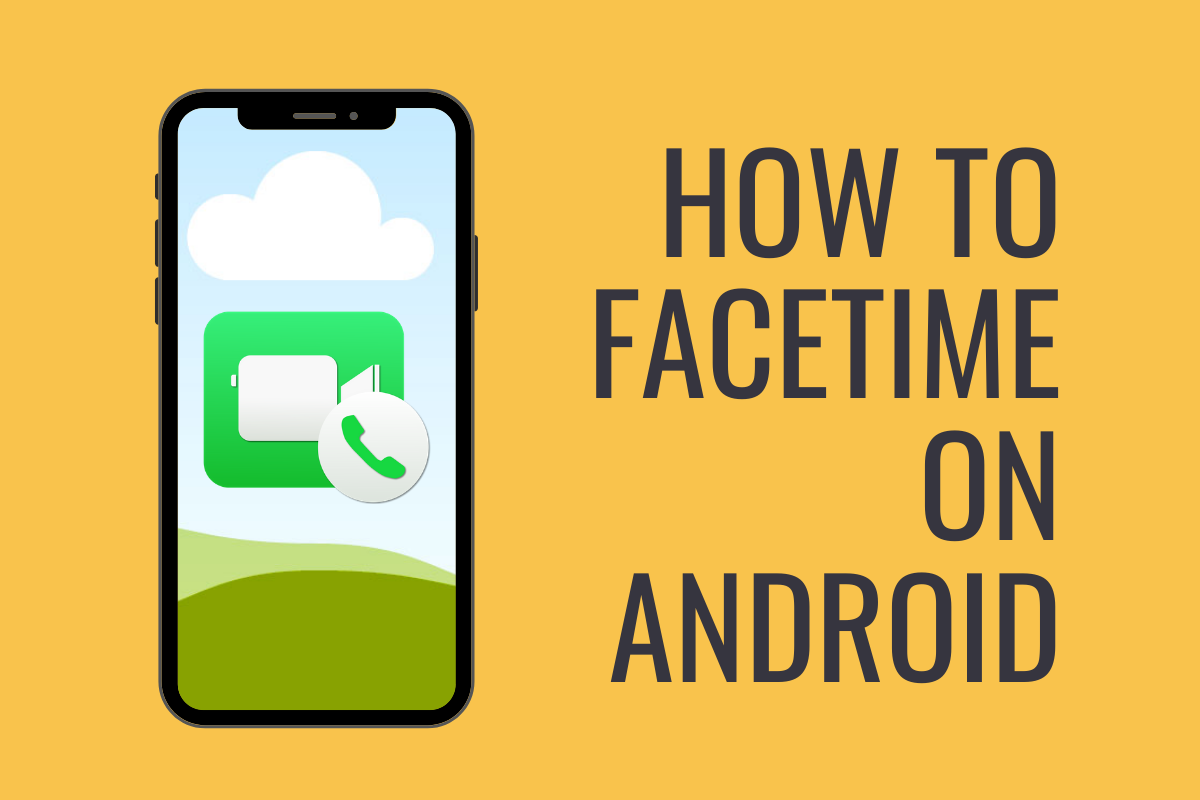
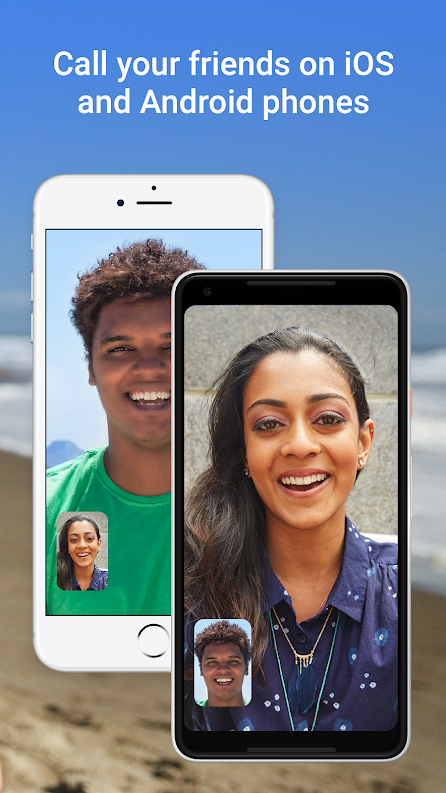
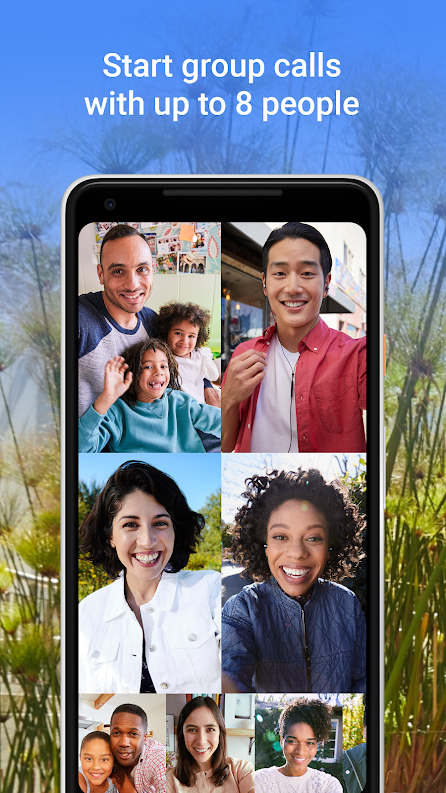
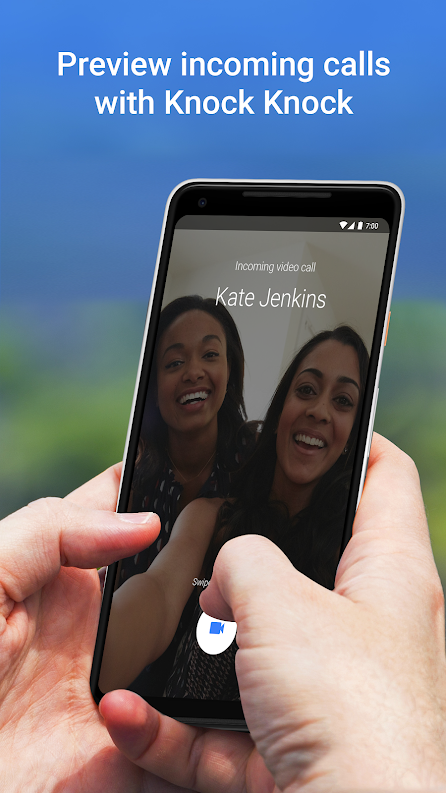
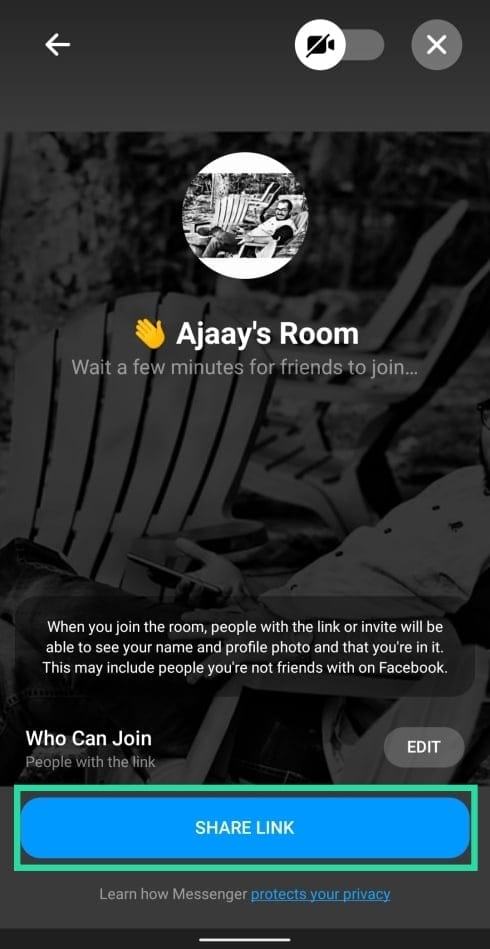
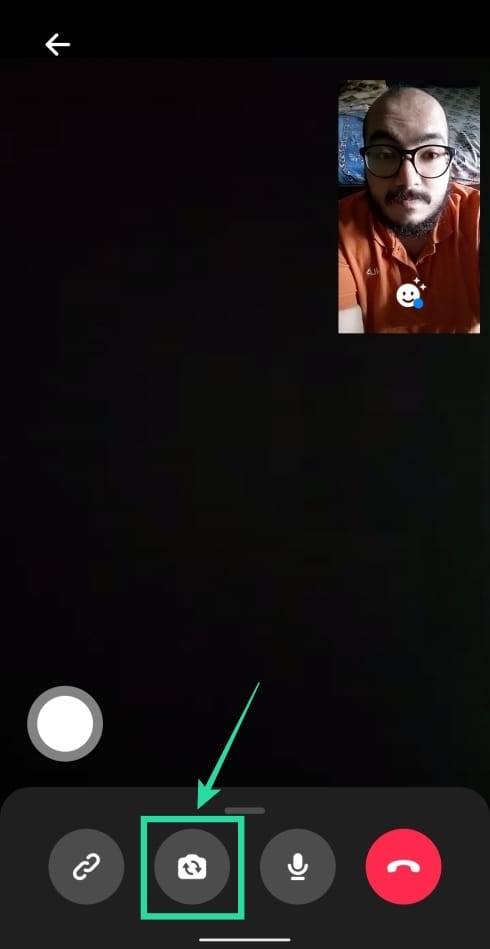
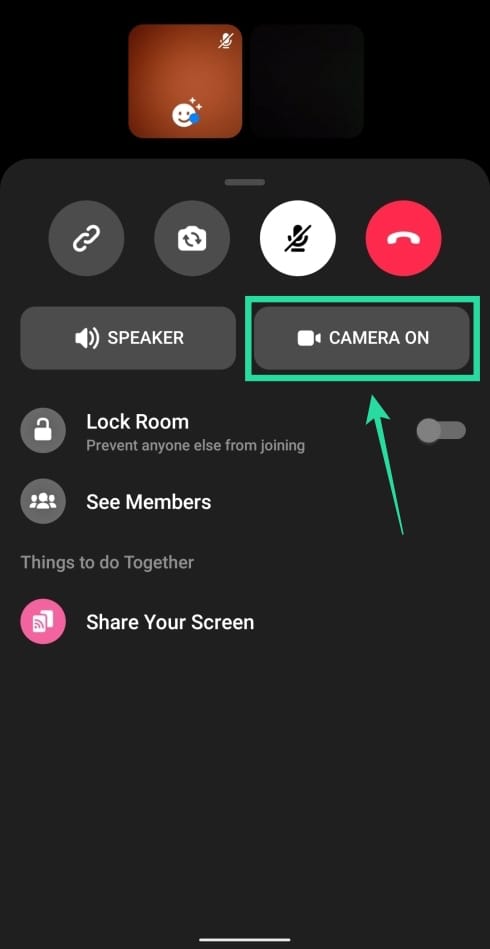
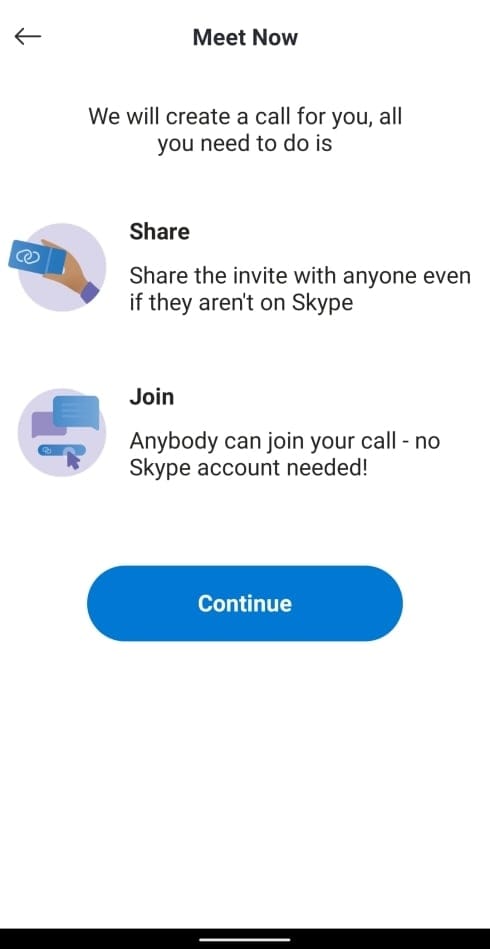

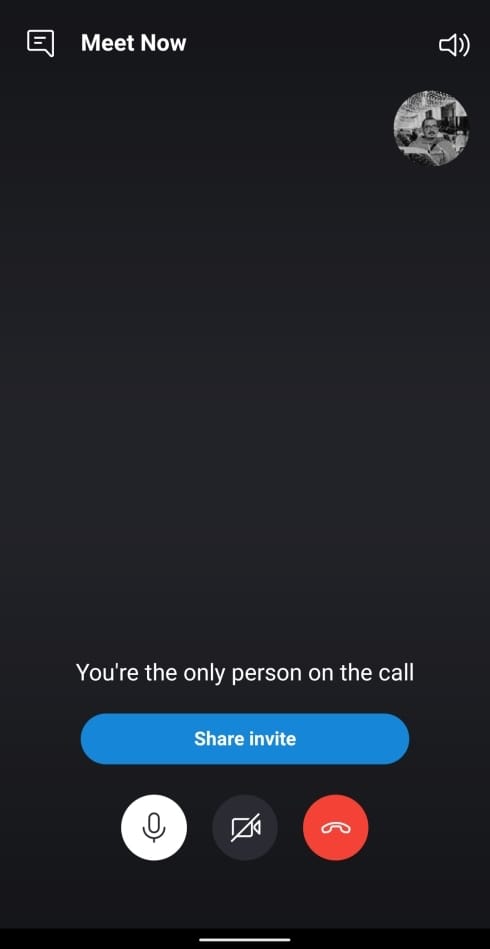

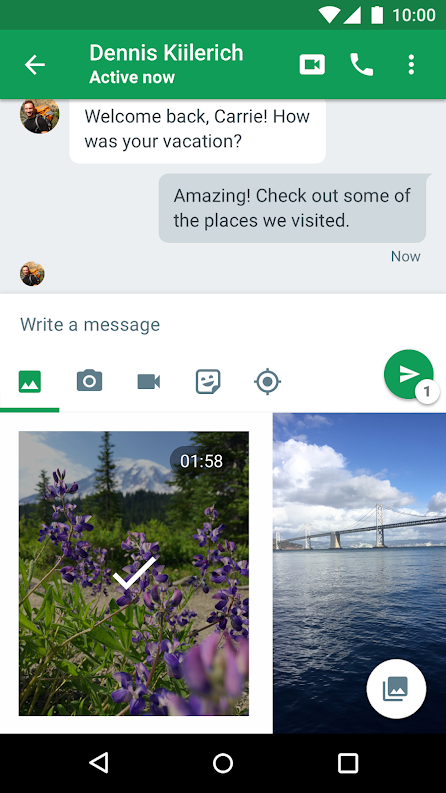
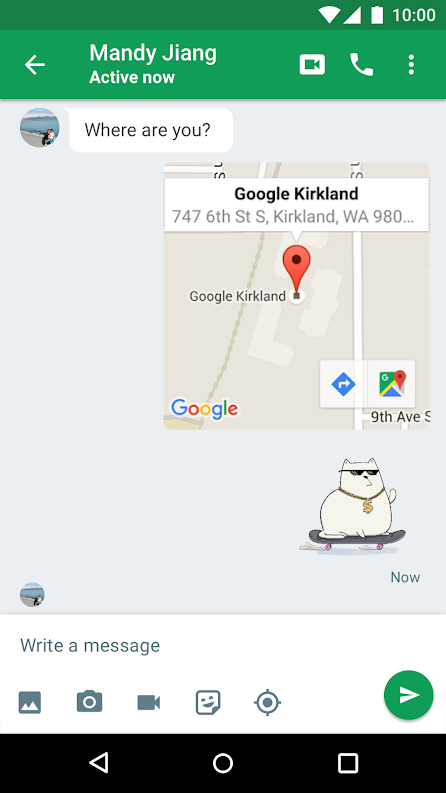

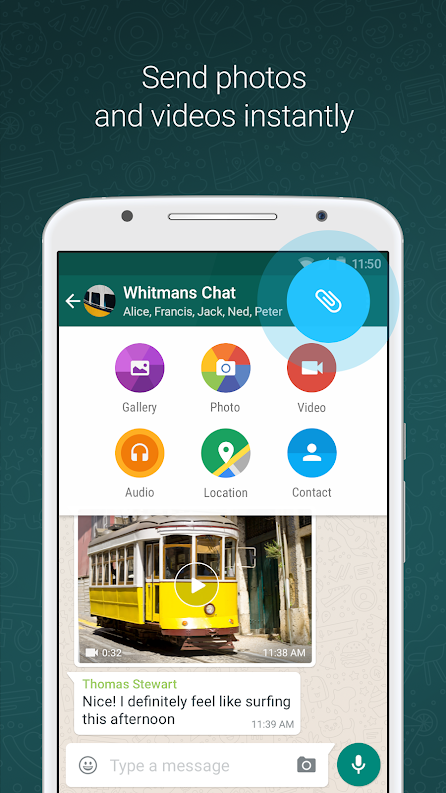

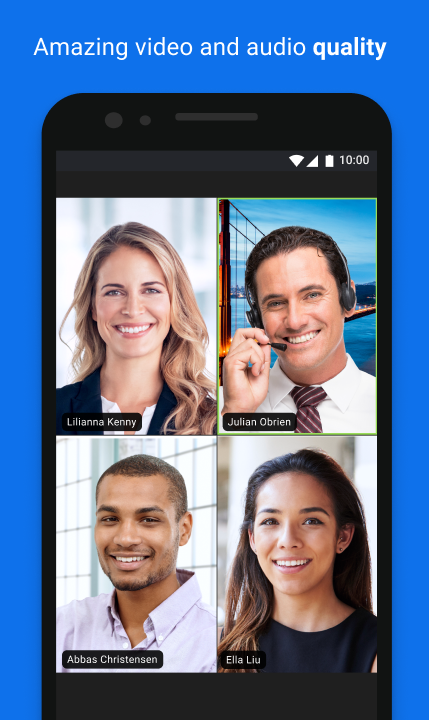

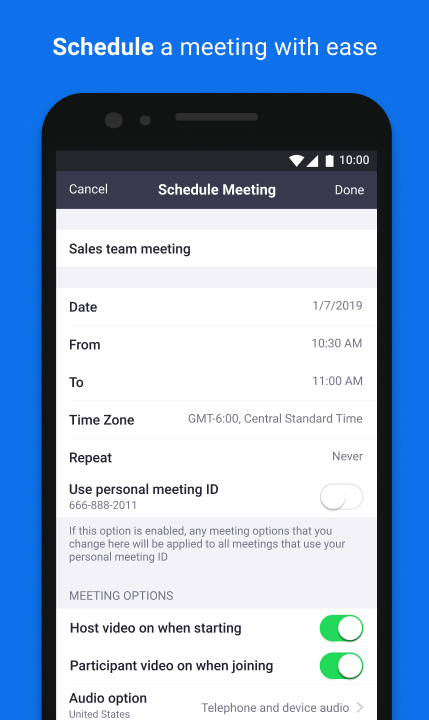
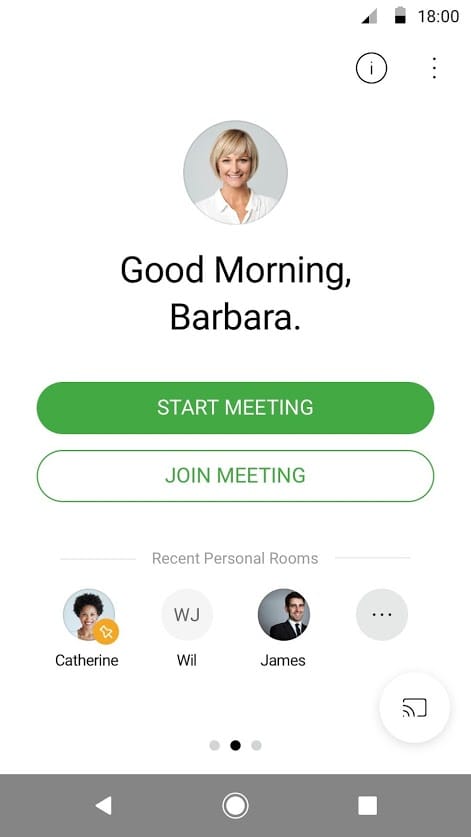

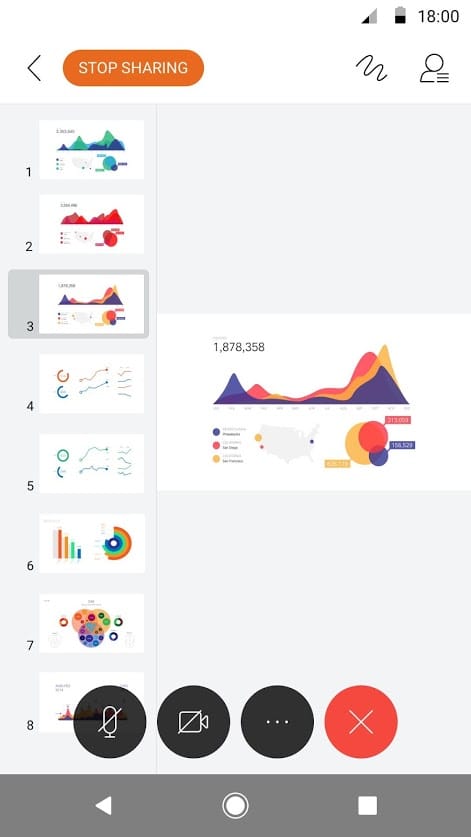
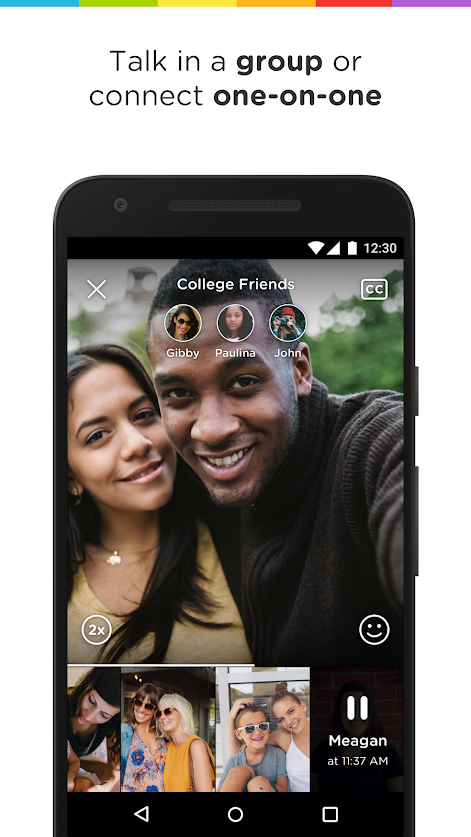
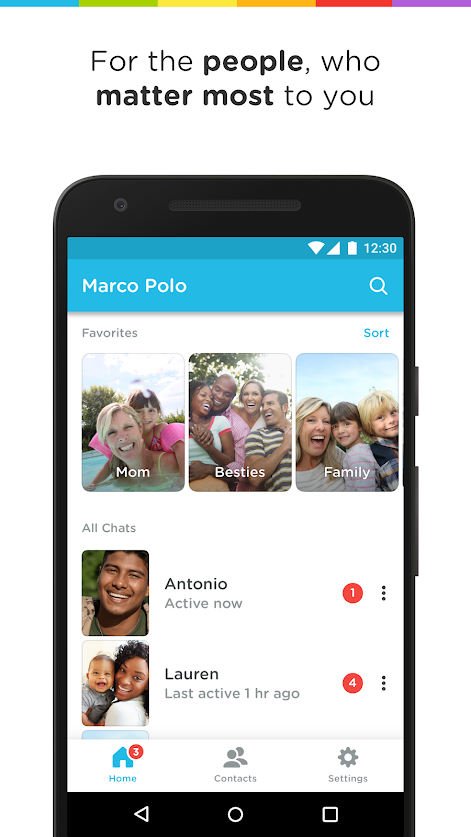
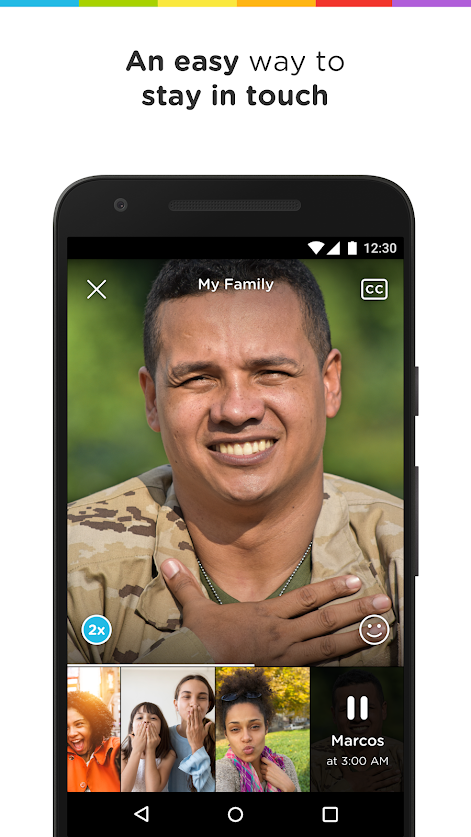

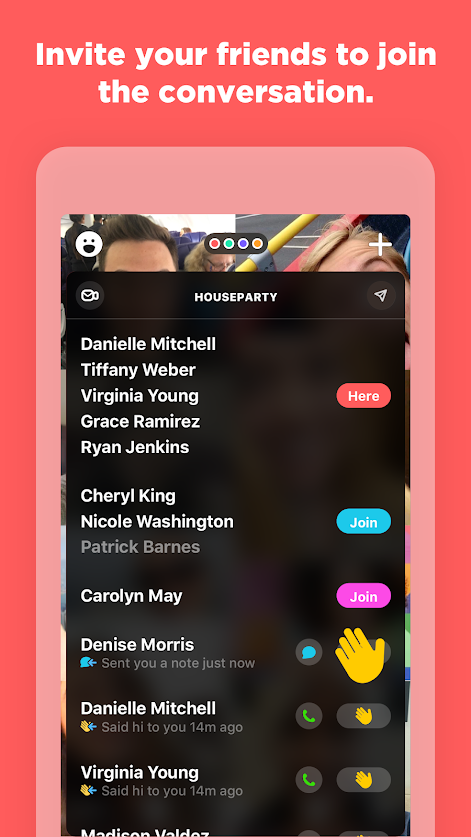
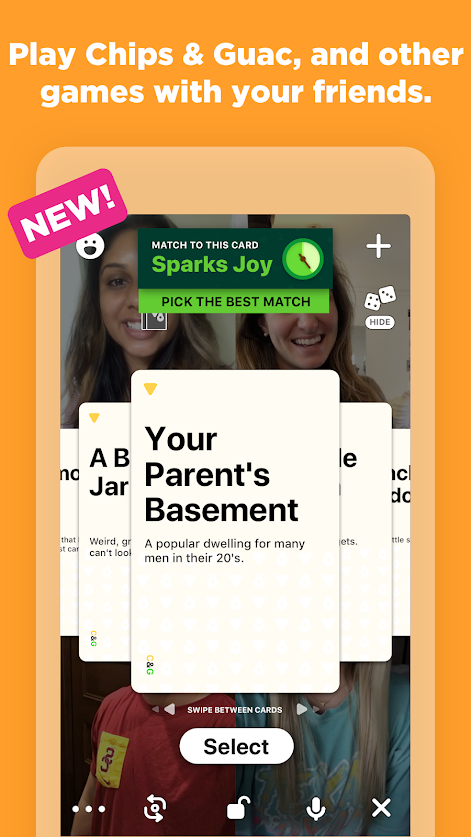

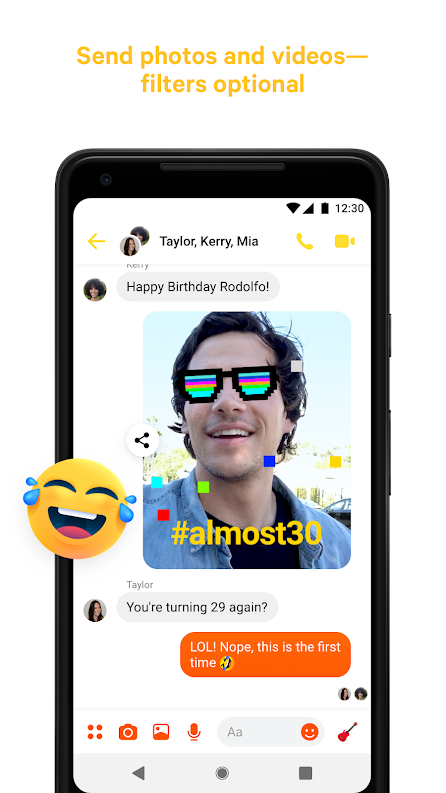


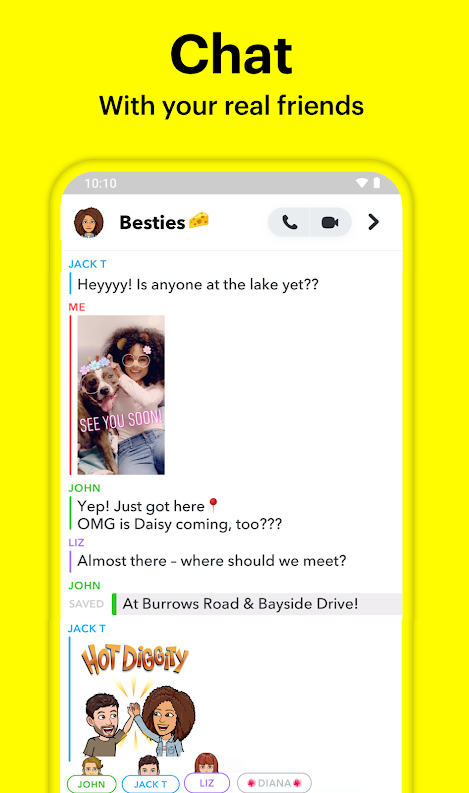
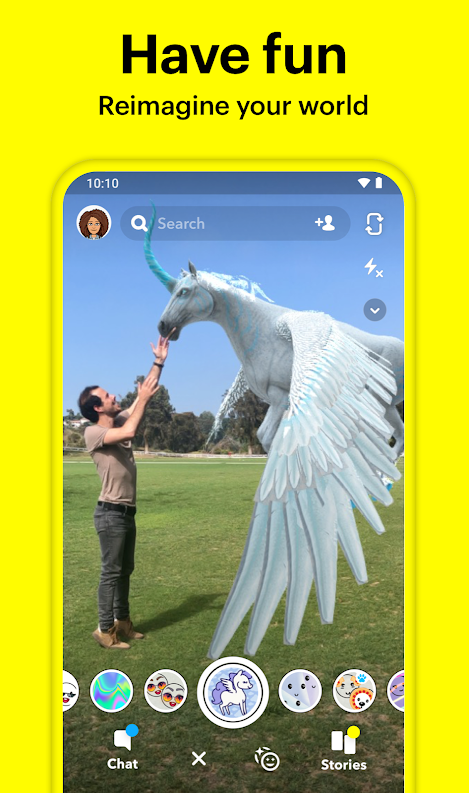











Discussion